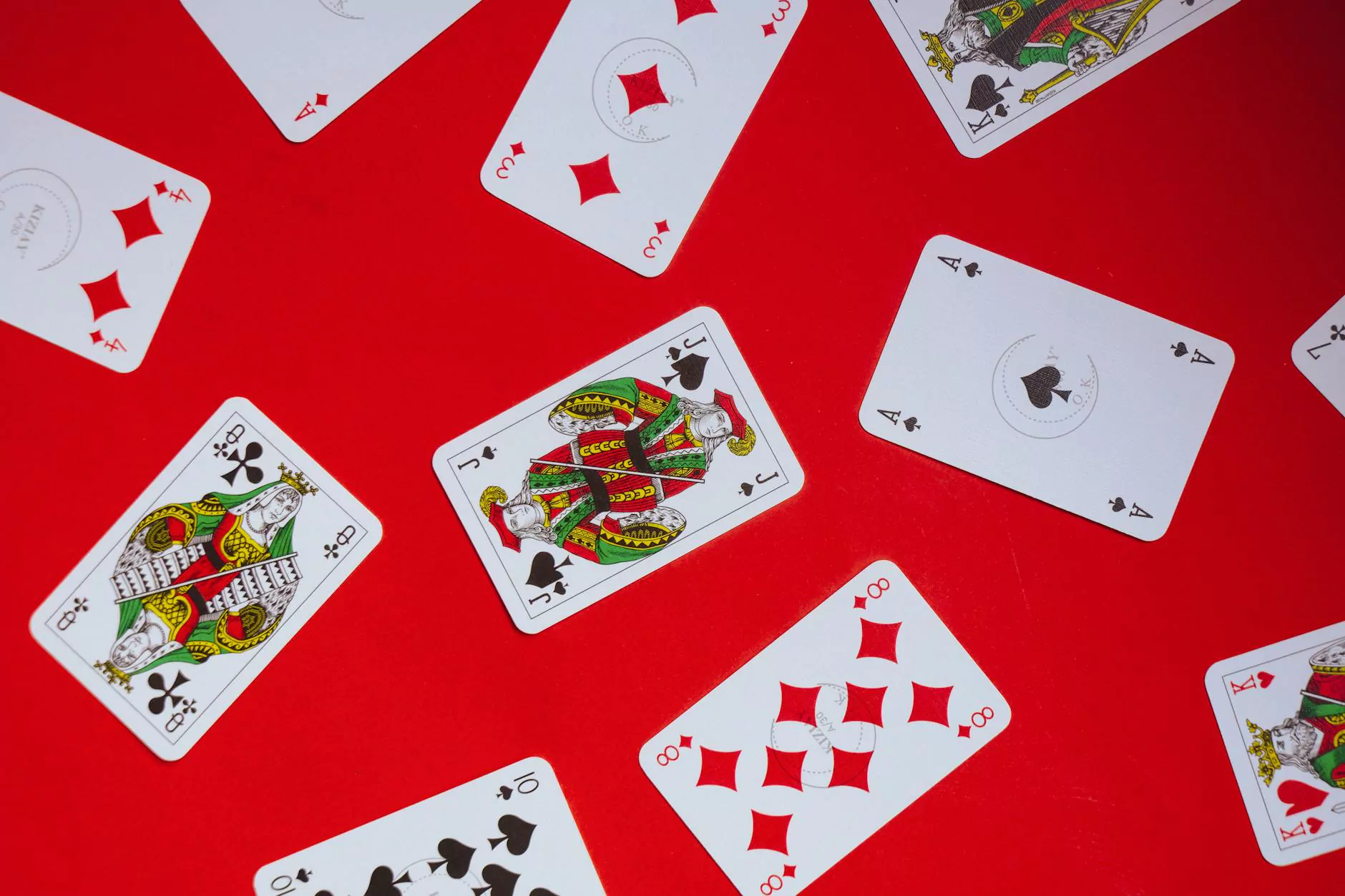Understanding the Difference Between Tendonitis and Tendinopathy: A Comprehensive Guide

In the realm of musculoskeletal health, particularly within the fields of health and medical sciences, understanding various soft tissue injuries is essential. Among these, conditions affecting tendons are prevalent, often causing significant pain, dysfunction, and impacts on quality of life. Two terms that frequently surface in medical conversations and patient queries are "tendonitis" and "tendinopathy." Despite their similar sound and overlapping symptoms, these conditions have distinct underlying mechanisms, clinical presentations, and treatment approaches. To navigate the complexities of these diagnoses effectively, it is vital to comprehend the difference between tendonitis and tendinopathy.
What Are Tendons and Their Role in Human Movement?
Before delving into the differences between tendonitis and tendinopathy, it is helpful to understand what tendons are and their crucial function within the musculoskeletal system. Tendons are dense, fibrous tissues that connect muscle to bone. They serve as transmitters of force generated by muscle contractions, facilitating movement of the joints and stabilization of skeletal structures. Tendons are remarkably resilient but can become injured or inflamed due to overuse, trauma, or degenerative changes.
Defining Tendonitis and Tendinopathy
Tendonitis: An Inflammatory Condition
Tendonitis refers to an inflammatory response within the tendon, typically resulting from acute injury, overuse, or repetitive strain. It is characterized histologically by an influx of inflammatory cells, swelling, pain, and sometimes warmth over the affected area. Classic symptoms include sudden onset pain, tenderness upon palpation, and localized swelling. Commonly affected areas include the shoulder, elbow (tennis elbow), knee (jumper's knee), and Achilles tendon.
Tendinopathy: A Degenerative Tendon Disorder
Tendinopathy, on the other hand, is a broader term that describes a tendon's degenerative and non-inflammatory condition. It often results from failed healing after repetitive stress or chronic overuse, leading to microtears, collagen breakdown, and disorganized tissue structure. Patients with tendinopathy typically experience persistent pain, stiffness, decreased strength, and a sensation of swelling, but without the active inflammation seen in tendinitis.
Key Differences Between Tendonitis and Tendinopathy
FeatureTendonitisTendinopathyDefinitionInflammation of the tendon tissue due to acute injury or repetitive overuse.Degenerative, non-inflammatory disorder of the tendon primarily caused by chronic stress and failed healing.Histological CharacteristicsPresence of inflammatory cells, edema, and hyperemia.Disorganized collagen fibers, microtears, fibroblast proliferation, and tissue degeneration.Onset of SymptomsOften rapid, linked to a specific injury or activity.Gradual buildup of symptoms over time with persistent pain.Pain CharacteristicsSharp, localized pain during or immediately after activity, often with warmth and swelling.Chronic, dull ache that worsens with activity or after resting, sometimes with crepitus.Response to TreatmentTypical response to anti-inflammatory protocols, rest, ice, and NSAIDs.Requires rehabilitation with eccentric exercises and tissue remodeling strategies; inflammation may not be prominent.Common Affected RegionsShoulder (rotator cuff), elbow (tennis or golfer's elbow), Achilles, patellar region.Achilles, patellar tendon, rotator cuff tendons, and other load-bearing tendons.Causes and Risk Factors of Tendon Disorders
Understanding causes and risk factors helps in both prevention and management. For tendonitis, common causes include sudden increases in activity levels, improper technique, acute trauma, or mechanical overload. Risk factors encompass inadequate warm-up, poor flexibility, and insufficient rest periods.
Tendinopathy develops predominantly from repetitive microtrauma, cumulative stress, age-related degeneration, and biomechanical imbalances. Factors such as ageing, poor physical conditioning, biomechanical abnormalities, and poor posture contribute significantly to its development.
Diagnostic Approaches for Tendon Injuries
Accurate diagnosis hinges on clinical examination coupled with imaging studies. During evaluation, physicians look for tenderness, swelling, range of motion, and pain provocation tests. Diagnostic imaging modalities such as ultrasound and MRI are invaluable. Ultrasound can delineate microtears, degenerative changes, and tendon thickening, while MRI offers detailed visualization of soft tissue integrity and inflammation markers.
Effective Treatment Strategies for Tendon Disorders
The management of tendonitis and tendinopathy involves tailored approaches based on the precise diagnosis. While both conditions may share some conservative treatments, their specific protocols differ slightly.
General Conservative Treatments
- Rest and activity modification to reduce load and prevent further injury.
- Ice therapy to control pain and inflammation.
- Non-steroidal anti-inflammatory drugs (NSAIDs) for symptomatic relief.
- Physiotherapy and physical therapy focusing on stretching, strengthening, and improving flexibility.
- Manual therapy techniques like massage and joint mobilizations to decrease stiffness and improve function.
- Proper biomechanics training and ergonomic adjustments to prevent recurrence.
Specific Approaches for Tendonitis
Since tendinitis involves inflammation, initial treatment focuses on reducing inflammation through modalities like ultrasound therapy, laser treatment, and appropriate anti-inflammatory medications. Corticosteroid injections may be considered in refractory cases but should be used cautiously due to potential tissue degeneration.
Specific Approaches for Tendinopathy
Given tendinopathy's degenerative nature, strategies shift towards promoting tissue healing and remodeling. Eccentric exercise programs are considered the gold standard, involving controlled lengthening contractions that stimulate collagen synthesis. Additionally, advanced therapies like platelet-rich plasma (PRP) injections and shockwave therapy have demonstrated promising results in stimulating healing.
The Role of Preventive Measures and Lifestyle Modifications
Preventing tendon injuries is often as effective as treatment. Key preventive strategies include:
- Proper warm-up before exercise to increase blood flow and tissue elasticity.
- Gradual progression of training intensity and volume.
- Stretching and flexibility exercises to maintain healthy tendons.
- Strengthening surrounding muscles to offload stress from tendons.
- Maintaining a healthy weight to reduce mechanical load.
Understanding the Importance of Accurate Diagnosis in Chiropractic and Medical Practice
Within the scope of chiropractors and healthcare professionals, accurately distinguishing between tendonitis and tendinopathy is crucial. It guides appropriate intervention, prevents complications, and optimizes recovery pathways. Misdiagnosis may result in ineffective treatment strategies, prolonging discomfort and increasing the risk of further injury.
Latest Advances and Research in Tendon Injury Treatment
The field continually evolves with ongoing research exploring regenerative medicine, biologic therapies, and tissue engineering to enhance healing of degenerative tendons. Innovations such as stem cell therapy and gene therapy hold promise for future management, potentially reversing degeneration and fostering true tissue regeneration.
Conclusion: Empowering Patients Through Knowledge
Understanding the difference between tendonitis and tendinopathy empowers individuals to seek timely medical attention, adhere to appropriate treatment plans, and implement preventive strategies effectively. Recognizing the nuances of each condition ensures better outcomes and a faster return to normal activities.
By staying informed and working closely with healthcare providers, patients can navigate the challenges of tendon injuries confidently, optimizing health, function, and overall well-being.









